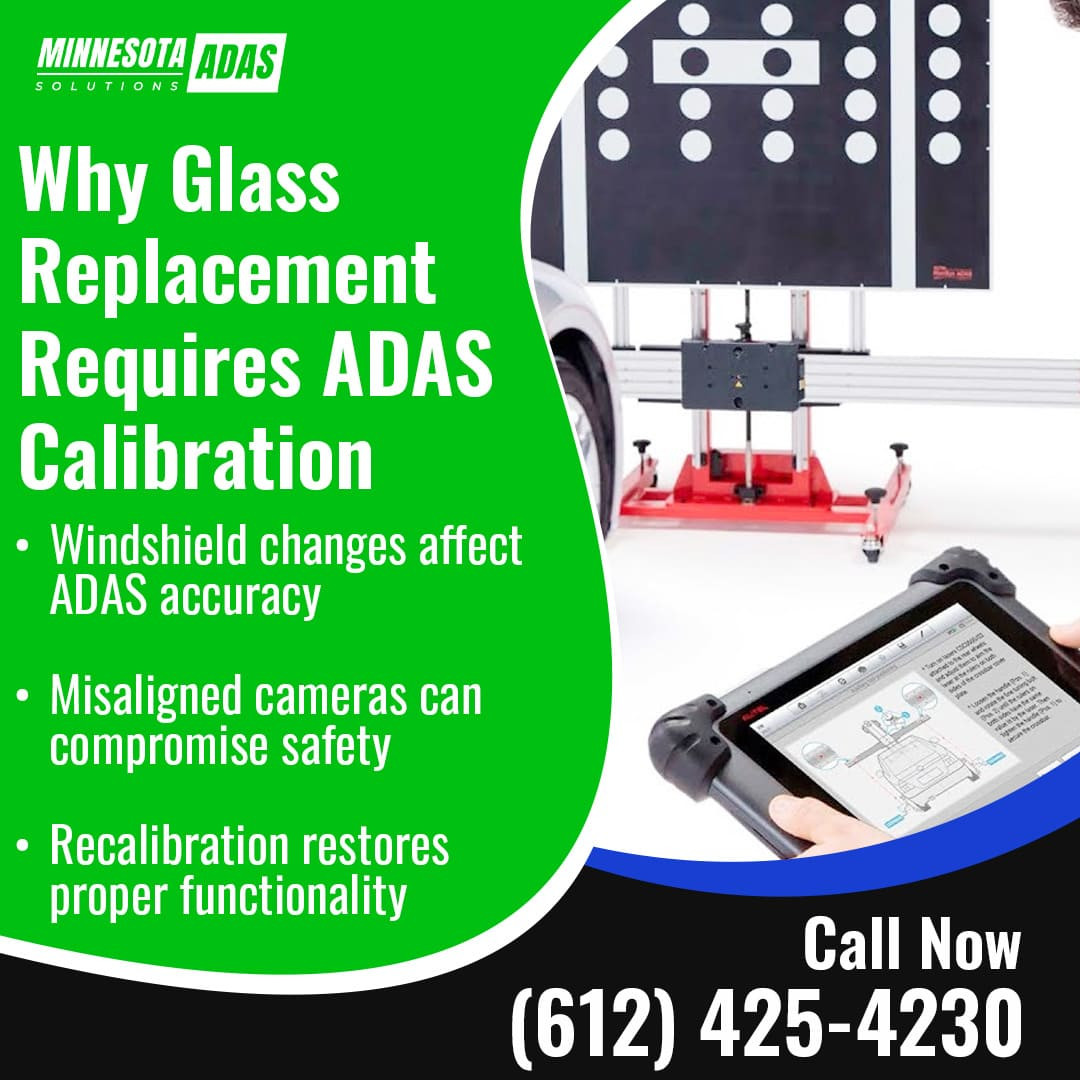The Importance of Documenting ADAS System Calibration Procedures for Collision Shops
Bloomington, United States - April 30, 2025 / Minnesota ADAS Solutions /
Bloomington, MN — As vehicles become increasingly reliant on Advanced Driver Assistance Systems (ADAS) to enhance safety, collision repair shops face a significant challenge in ensuring these systems are properly recalibrated after a collision. Minnesota ADAS Solutions understands the vital importance of ADAS system calibration and the vital role that documentation plays in this process. Their ADAS calibration services make sure that vehicles are safe and that all repairs meet industry standards.
Understanding the Importance of ADAS Calibration in Collision Repair
Modern vehicles are equipped with Advanced Driver Assistance Systems (ADAS) like lane-keeping assist, adaptive cruise control, and emergency braking to improve safety and driving comfort. After a collision, these systems can become misaligned, impacting their functionality. Without accurate ADAS system calibration, safety features may fail, increasing the risk of accidents.
Collision shops must recalibrate these systems by adjusting sensors and cameras to make sure that they function correctly. Documenting each step of the calibration process is vital for confirming that the vehicle's safety features are properly restored, protecting both the driver and others on the road.
The Role of Advanced ADAS Calibration Centers
Choosing an advanced ADAS calibration center is essential for accurate recalibration. These centers use specialized tools and advanced technology to restore a vehicle’s ADAS systems to proper working conditions. Collision shops, whether outsourcing calibration or handling it in-house, should rely on professionals with expertise in ADAS systems. Partnering with reliable ADAS calibration centers helps make sure that repairs meet industry standards.
For customers, finding an ADAS calibration center near you provides peacefulness, knowing their vehicle’s safety features will operate correctly. This process is vital for maintaining safety and performance after any collision-related repairs.
Why Detailed Documentation Matters in ADAS Calibration
ADAS system calibration requires precision, and collision shops must keep detailed records of the work done. These records confirm that adjustments align with manufacturer guidelines. In case of an insurance claim, legal matter, or inspection, accurate documentation serves as proof that the ADAS systems were properly calibrated and meet safety requirements.
Without proper documentation, collision shops risk insurance delays, liability concerns, and potential harm to their reputation. Thorough records of adjustments, measurements, and tools used during the calibration process help avoid these issues and guarantee transparency, protecting both the shop and the customer.
The Legal and Insurance Implications of ADAS Calibration Documentation
Accurate and thorough documentation of ADAS calibration is not just a best practice—it’s a necessity. In the event of an insurance claim, having clear records can help avoid delays and potential disputes. Insurance companies rely on detailed records to confirm that the vehicle’s ADAS systems were properly calibrated before processing claims.
Detailed documentation can protect collision shops from liability. In the event of an accident or malfunction due to improper calibration, clear records show that the shop followed the proper procedures, protecting it from legal issues.
Best Practices for Collision Shops in Documenting ADAS Calibration
To provide accurate and reliable ADAS calibration, collision shops should implement best practices for documenting each step of the calibration process. This includes:
Accurate and Consistent Record-Keeping: Collision shops must make sure that they record each adjustment, measurement, and tool used during the calibration. Consistent documentation helps build a reliable history of work performed and reduces the risk of errors.
Using Digital Tools: Many shops use specialized software to automate the recording of calibration data. Digital tools help reduce human error and simplify the process of storing and retrieving calibration records.
Creating a Standard Operating Procedure (SOP): A clear SOP guarantees that every technician follows the same steps when performing ADAS calibration, maintaining consistency and quality across all repairs.
Building Customer Trust and Reputation Through Proper ADAS Calibration
Proper documentation not only helps with legal and insurance matters but also plays an important role in building customer trust. When customers see that their vehicle’s calibration has been thoroughly documented, they are more likely to feel confident in the repairs. Transparency in the calibration process can lead to increased customer satisfaction and long-term loyalty.
Maintaining accurate records improves the reputation of collision shops. An ADAS calibration center that consistently provides reliable ADAS calibration with complete documentation will establish itself as a trustworthy business, attracting repeat customers and referrals.
Trust Minnesota ADAS Solutions for Accurate ADAS Calibration
Minnesota ADAS Solutions, based in Bloomington, MN, focuses on precise ADAS calibration and thorough documentation. Their expert team uses advanced tools to restore your vehicle's ADAS systems to full functionality after a collision. Understanding the value of accurate records, they provide complete transparency and documentation for each calibration.
Collision shops seeking reliable ADAS calibration can trust Minnesota ADAS Solutions for quick, accurate, and well-documented services. For more details or to schedule an appointment, contact Minnesota ADAS Solutions at (612) 425-4230 or info@mnadas.com.

Contact Information:
Minnesota ADAS Solutions
9555 James Ave S
Bloomington, MN 55431
United States
CJ Peeters
(612) 425-4230
https://www.mnadas.com/
Original Source: https://www.mnadas.com/adas/the-importance-of-documenting-adas-system-calibration-procedures-for-collision-shops/



